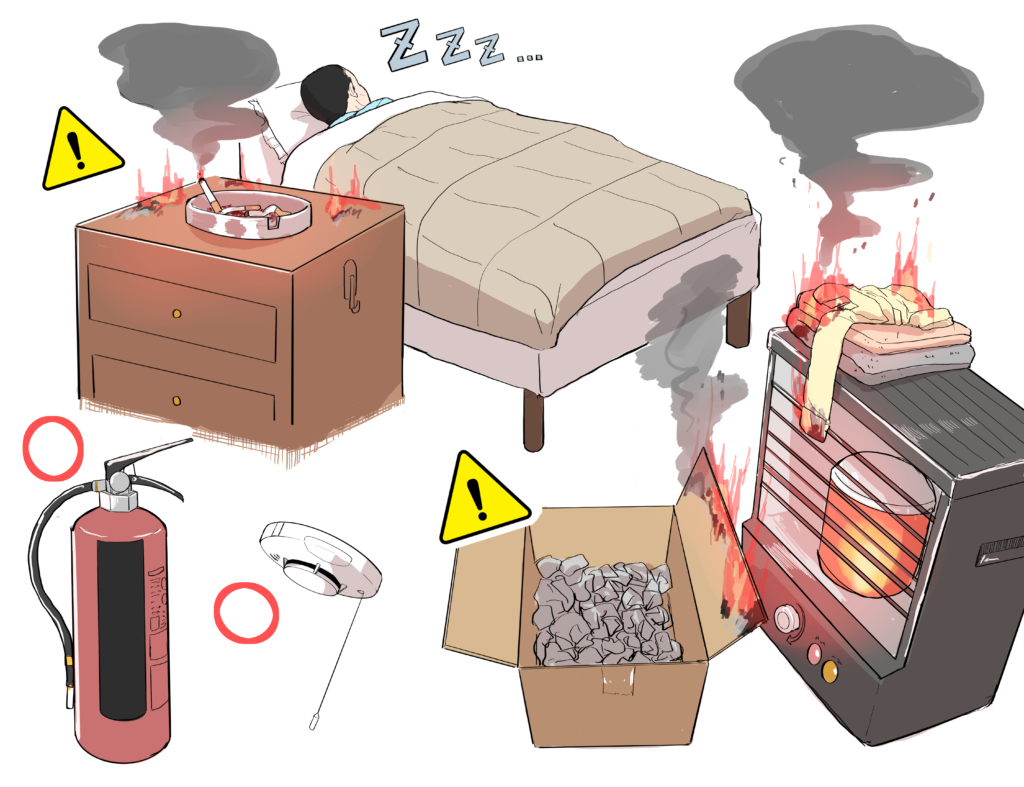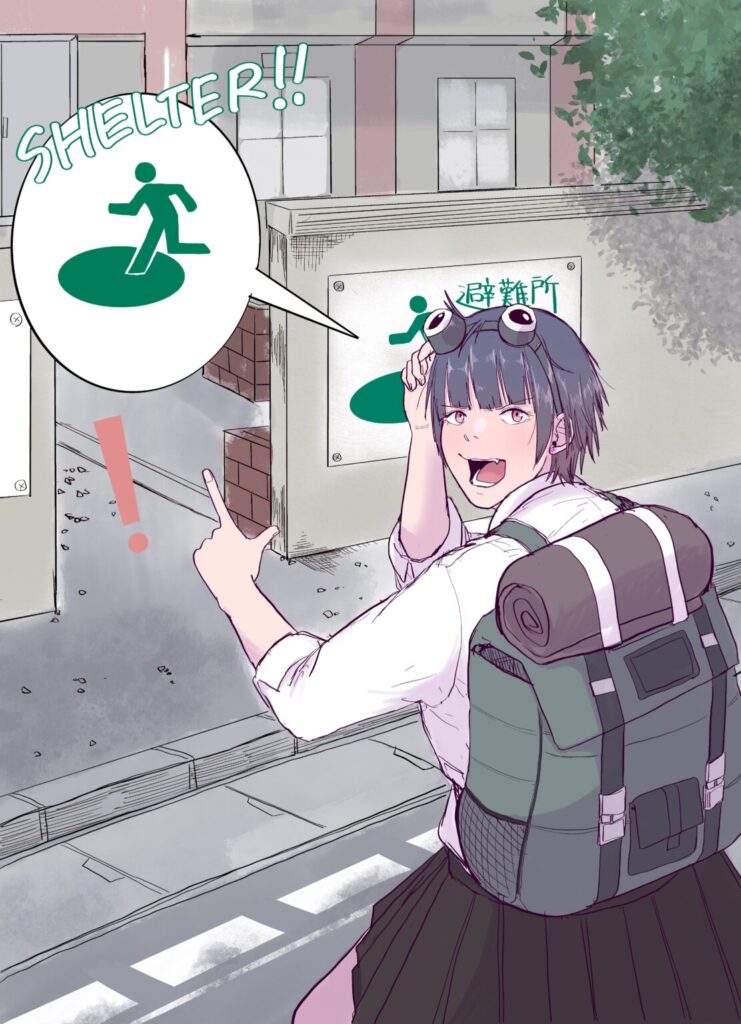
First of all, prevention is better than cure. To prevent fires, make sure that the fire source of any fire is extinguished or keep watch on the fire source.
Be careful not to sleep with smoke lit, don’t place any flammable items next to the stove, try to use things made of non-combustible materials, and also make sure the house is equipped with a fire extinguisher and install a residential fire alarm.
If a fire occurs, stay calm, avoid breathing smoke, apply safety first procedures and if the fire is already too big, flee quickly.
As soon as you can call 119 to report the fire, yell fire to notify others and flee as soon as possible. If you are in a high-rise building not take the elevator when escaping in case you are trapped in a power outage.
If you can extinguish the fire yourself, immediately use the fire extinguisher or a wet towel or water source to put out the fire.
If there is a fire drill or training, try to actively participate, know how to use the fire extinguisher and act calmly.
Have an emergency evacuation kit at home.

